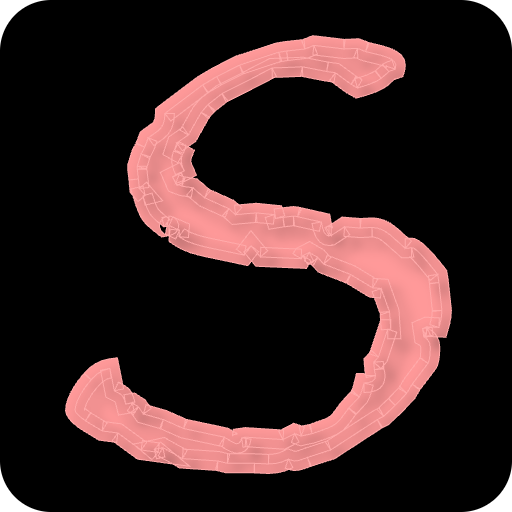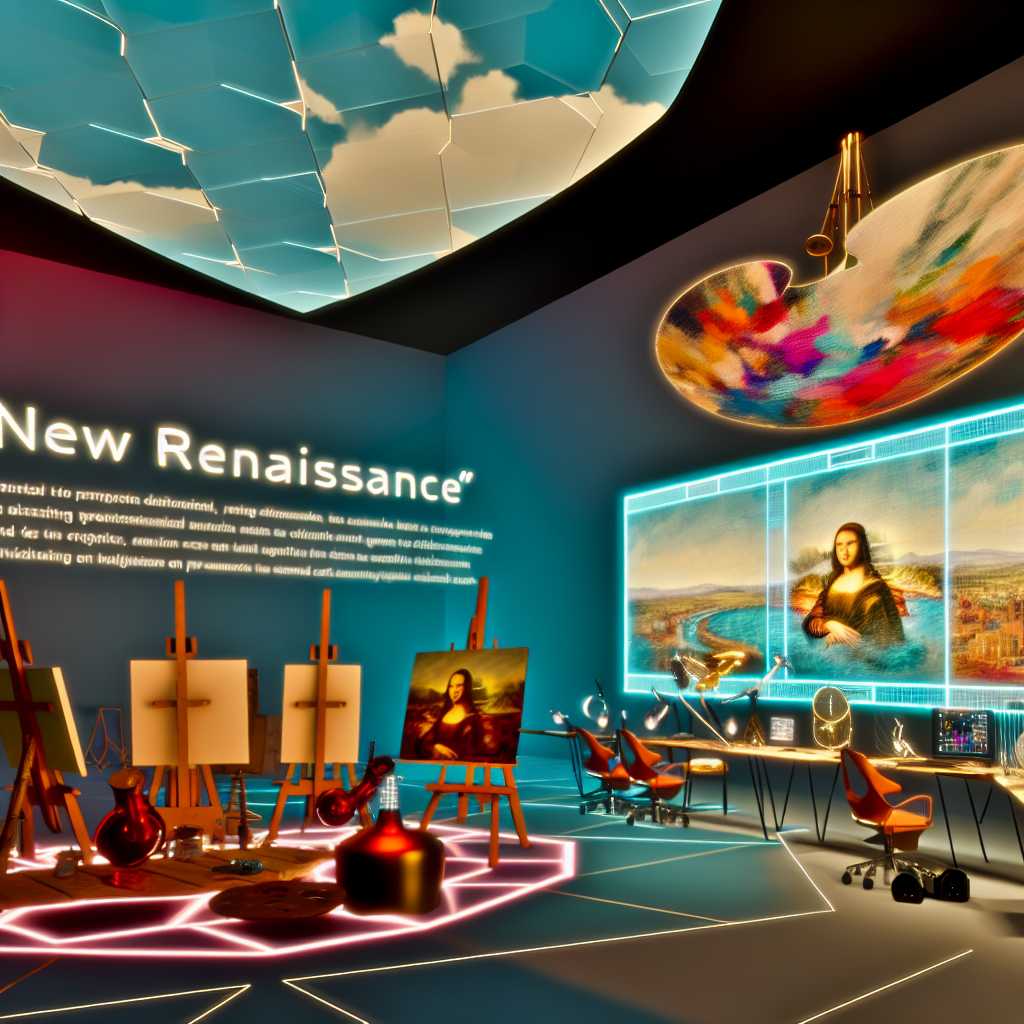Art and technology have always shared a symbiotic relationship, with advances in one often inspiring new directions in the other. As we navigate the 21st century, this relationship has become even more pronounced, heralding what many are calling a "New Renaissance."
The digital age has ushered in a myriad of tools that allow artists to create, display, and distribute their work in novel ways. From virtual reality art shows to AI-generated compositions, the intersection of technology and art is prompting us to rethink our definitions of creativity and originality.
One of the most significant developments in this realm is the advent of digital art platforms. These platforms have democratized access to art creation and viewing, allowing artists from across the globe to share their work with a wider audience than ever before. Platforms like DeviantArt, ArtStation, and even Instagram have become pivotal in how art is consumed and appreciated in the digital era.
Moreover, the use of artificial intelligence in art creation is breaking new ground. AI algorithms can now generate pieces of art that rival works created by human hands, all while learning from existing artworks to develop unique styles. This raises profound questions about the nature of creativity and authorship—are these AI creations truly "art," and who owns the rights to these works?
Interactive installations and multimedia projects are also transforming how audiences engage with art. Artists are using technologies such as augmented reality and motion tracking to create immersive experiences that move beyond traditional boundaries, inviting viewers not just to see art but to experience it fully.
As with any transformative time in history, the fusion of technology and art comes with its challenges. Issues of digital piracy, the maintenance of art authenticity, and the potential loss of traditional techniques are all factors that artists and technologists must navigate.
However, the opportunities presented by this tech-art nexus are vast and exciting. Artists have access to an unprecedented array of tools to express their visions, while technology enthusiasts can see their creations come to life in unexpected and inspiring ways. Together, technology and art can not only shape the future of creativity but also offer new ways to address and reflect societal issues.
As we look to the future, the collaboration between these two fields will continue to be a fertile ground for innovation. Just as the Renaissance bridged the gap between art and science centuries ago, today’s evolving dynamics promise to redefine what’s possible in the world of art for generations to come.

